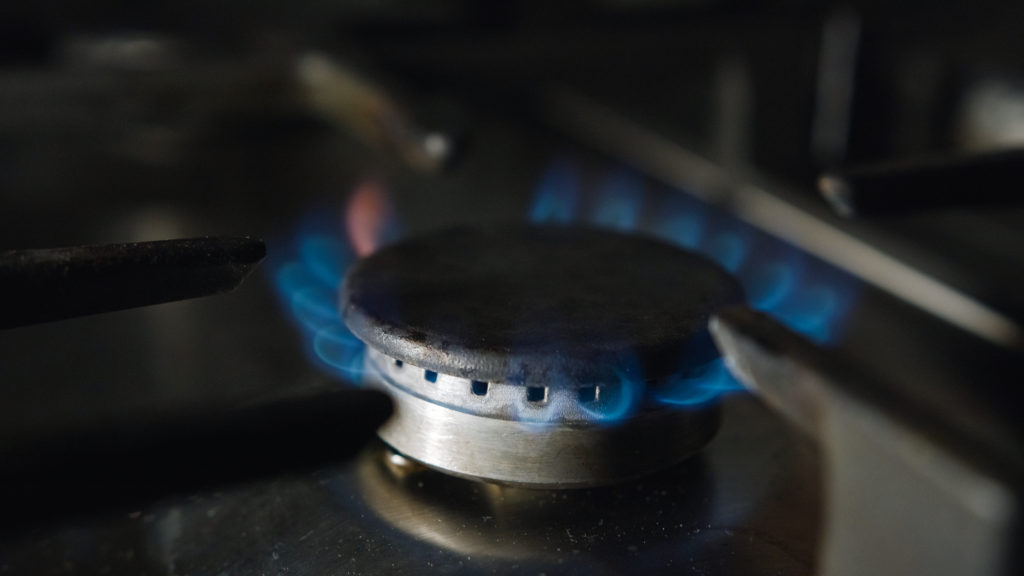
Whether it’s seared steak, grilled eggplant, or pan-fried tilapia, cooking brings out flavors we wouldn’t be able to experience if we hadn’t mastered the art of putting the heat on. Our early ancestors were able to absorb nutrients more efficiently by cooking than by eating raw food, so cooking played an important role in our evolution as a species.
Even though cooking has been around for a very long time, we’ve only recently learned about the dangers of spending too much time in an unventilated kitchen. Runny noses, coughing, labored breathing, and yes, lung cancer are all symptoms of breathing cooking fumes that haven’t been ventilated properly.
Is that to say you should give up cooking entirely and order takeout from now on? No, of course not! Rather, you should learn how you can reduce your risk of cooking fumes and cancer. You will be able to continue enjoying everything the kitchen has to offer, from tasty foods to lasting memories.
How Are Cooking Fumes Toxic?
This section is going to get a little technical, so feel free to skip it if you don’t care about the details. In order to address these concerns, we need to lay the scientific foundation.
Two specific chemical compounds in cooking fumes are known carcinogens: polycyclic aromatic hydrocarbons (PAHs) and aldehydes.
What do we know about this? To begin with, let’s take a look at a study published in a scientific journal that combined and analyzed data from 3,596 non-smoking women with lung cancer and compared them to 6,082 healthy controls.
World Health Organization (WHO) Statistics
According to the WHO, cooking fumes are so dangerous that they’re called “the killer in the kitchen.” An estimated 3.8 million people have died prematurely because of indoor air pollution caused by inadequate ventilation and inefficient cooking practices. An estimated 8% of those deaths are attributed to lung cancer.
Proper Ventilation Reduces Risk
Toxicology says it’s the dose that makes the poison, so all this information may seem distressing. Anything can kill you in high enough quantities (from water to oxygen), while known toxins in small enough quantities can often pass right through you (such as myristicin oil from nutmeg, which causes seizures and hallucinations).
A properly ventilated kitchen can reduce your cooking fumes cancer risk (and other health risks), and that starts with a high-quality range hood. A good range hood may reduce your lung cancer risk by as much as 50%, according to studies.
Kitchen range hoods are powered by suction power, which approaches or even surpasses those used in professional kitchens to remove toxic fumes from your kitchen.
Ready To Take The Next Step?
Find the perfect range hood for your kitchen and speak to our team of professionals to reduce your risk of cancer caused by cooking fumes and start breathing easier.
